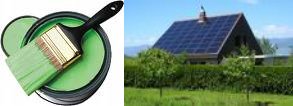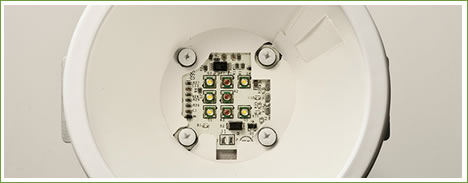Thursday, April 15, 2010, 12:23 PM
Posted by Administrator
This article is a re-post from renewableenergyworld.com.Posted by Administrator
- Negawatts are the watts saved from not being used. Not only are they the cheapest source of New Energy but investing in them saves $2-to-$3 dollars for every dollar that is spent, savings that can be invested in New Energy megawatts.
One small problem: As reported in Energy Efficiency Services Sector: Workforce Education and Training Needs from researchers at the Lawrence Berkeley National Laboratory (LBNL) of the U.S. Department of Energy (DOE), there aren’t nearly enough people trained in doing Energy Efficiency to get the job done.
That small problem, however, presents an enormous opportunity. Thanks in part to a new awareness of savings opportunities and in part to funding in the American Recovery and Reinvestment Act (ARRA) of 2009, Energy Efficiency began growing last year and is expected to continue expanding in the U.S. over the next 10 years as fast as the nation can deploy training and education programs for the Energy Efficiency services sector (EESS) workforce. -
To find out more about the EESS, download the PDF by clicking the related link below.




 Calendar
Calendar




